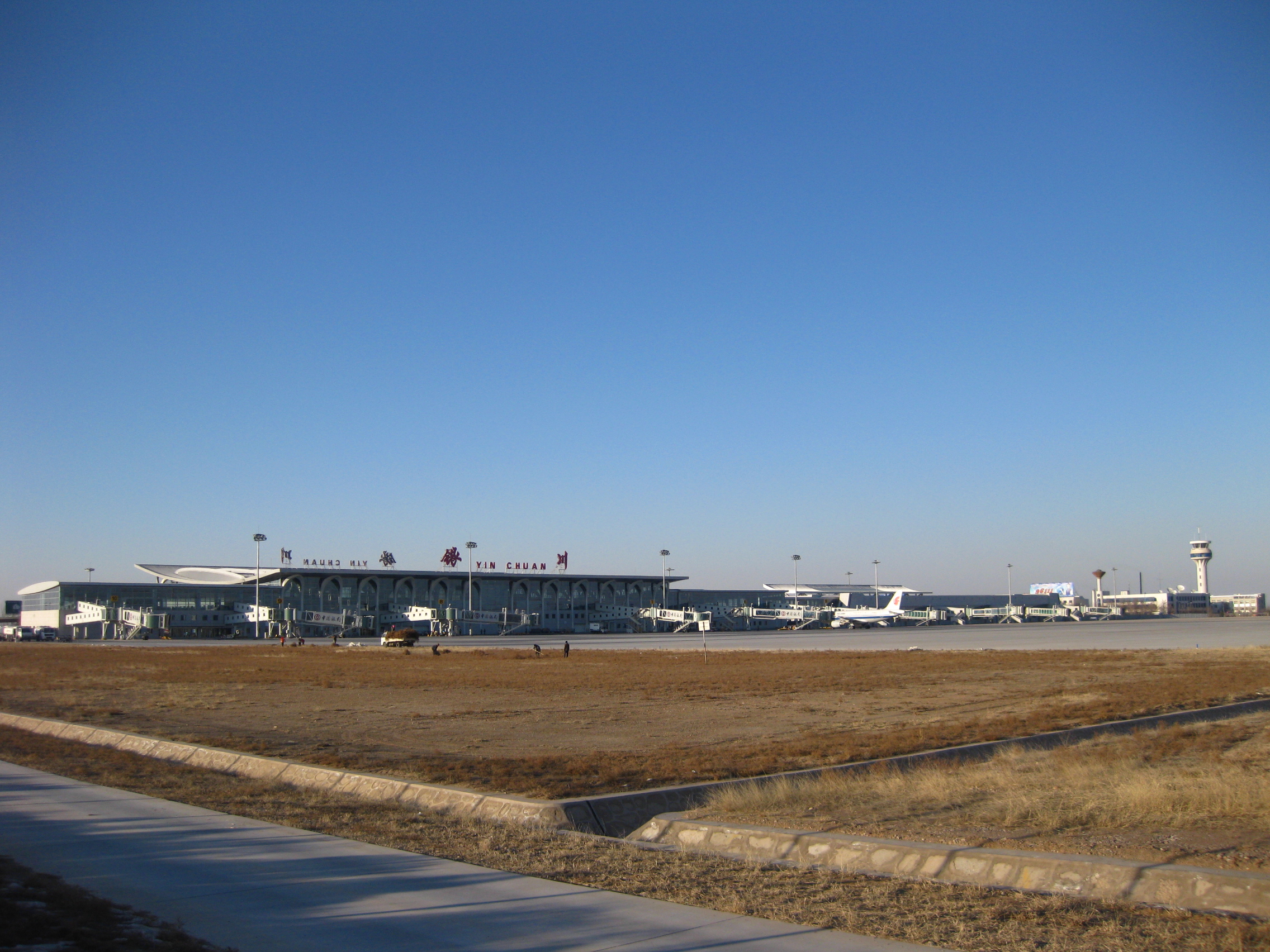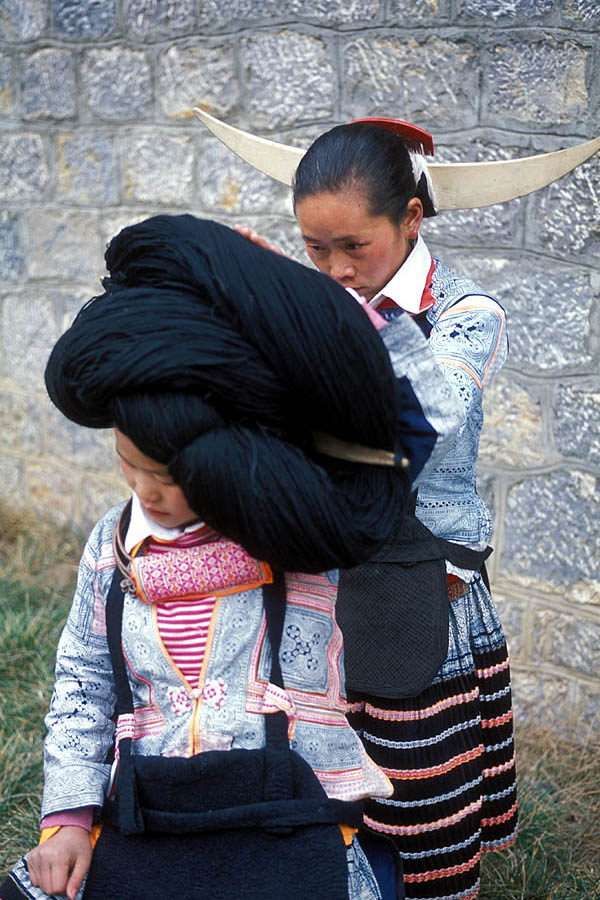|
Ordos Campaign (1592)
The Ordos campaign of 1592, also called the Ningxia campaign () or Pubei rebellion (), was a rebellion against the Ming dynasty by Liu Dongyang and Pubei, a Chahars, Chahar Mongol who had previously submitted to the Ming, and its suppression. Background Pubei submitted to the Ming dynasty and brought with him 100 followers. He eventually became a military commissioner of Huamachi near Ningxia, and more promotions and rewards from the court followed, despite official complaints of unruliness caused by Pubei and his sons. In 1589 Pubei was promoted to regional vice commander of Ningxia and his son Bo Cheng'en took up his old post. At this point he had with him 3,000 personal retainers and wished to retire, handing over the post to his son. However Grand Coordinator Dang Xin refused the transfer of power. Over the next three years Pubei and Dang Xin clashed over a number of issues. Dang refused to supply Pubei's personal retainers on the grounds that they weren't in the employ of the ... [...More Info...] [...Related Items...] OR: [Wikipedia] [Google] [Baidu] |
Ningxia
Ningxia (,; , ; alternately romanized as Ninghsia), officially the Ningxia Hui Autonomous Region (NHAR), is an autonomous region in the northwest of the People's Republic of China. Formerly a province, Ningxia was incorporated into Gansu in 1954 but was later separated from Gansu in 1958 and reconstituted as an autonomous region for the Hui people, one of the 56 officially recognised nationalities of China. Twenty percent of China's Hui population lives in Ningxia. Ningxia is bounded by Shaanxi to the east, Gansu to the south and west and Inner Mongolia Autonomous Region to the north and has an area of around . This sparsely settled, mostly desert region lies partially on the Loess Plateau and in the vast plain of the Yellow River and features the Great Wall of China along its northeastern boundary. Over about 2000 years an extensive system of canals (The total length about 1397 kilometers) has been built from Qin dynasty. Extensive land reclamation and irrigation proje ... [...More Info...] [...Related Items...] OR: [Wikipedia] [Google] [Baidu] |
Bo Cheng'en
Bo or BO may refer to Arts and entertainment Film, television, and theatre *Box office, where tickets to an event are sold, and by extension, the amount of business a production receives *'' BA:BO'', 2008 South Korean film * ''Bo'' (film), a Belgian film starring Ella-June Henrard and directed by Hans Herbots Gaming *'' Call of Duty: Black Ops'', a first-person shooter video game *'' Blood Omen: Legacy of Kain'', first in the Legacy of Kain video game series Music *Bo (instrument), a Chinese cymbal * Bo, a Greek rapper. Religion *Bo or Bodhi Tree * Bo (parsha), fifteenth weekly Torah reading Ethnic groups * Bo people (China), a nearly extinct minority population in Southern China *Bo people of Laos, see List of ethnic groups in Laos *Bo people (Andaman), a recently extinct group in the Andaman Islands Human names *Bo (given name), name origin, plus a list of people and fictional characters with the name or nickname *Bo (surname), name origin, plus a list of people with t ... [...More Info...] [...Related Items...] OR: [Wikipedia] [Google] [Baidu] |
Japanese People
The are an East Asian ethnic group native to the Japanese archipelago."人類学上は,旧石器時代あるいは縄文時代以来,現在の北海道〜沖縄諸島(南西諸島)に住んだ集団を祖先にもつ人々。" () Japanese people constitute 97.9% of the population of the country of Japan. Worldwide, approximately 129 million people are of Japanese descent; of these, approximately 122.5 million are residents of Japan. People of Japanese ancestry who live outside Japan are referred to as , the Japanese diaspora. Depending on the context, the term may be limited or not to mainland Japanese people, specifically the Yamato (as opposed to Ryukyuan and Ainu people). Japanese people are one of the largest ethnic groups in the world. In recent decades, there has also been an increase in the number of multiracial people with both Japanese and non-Japanese roots, including half Japanese people. History Theories of origins Archaeological evidence ... [...More Info...] [...Related Items...] OR: [Wikipedia] [Google] [Baidu] |
Korea
Korea ( ko, 한국, or , ) is a peninsular region in East Asia. Since 1945, it has been divided at or near the 38th parallel, with North Korea (Democratic People's Republic of Korea) comprising its northern half and South Korea (Republic of Korea) comprising its southern half. Korea consists of the Korean Peninsula, Jeju Island, and several minor islands near the peninsula. The peninsula is bordered by China to the northwest and Russia to the northeast. It is separated from Japan to the east by the Korea Strait and the Sea of Japan (East Sea). During the first half of the 1st millennium, Korea was divided between three states, Goguryeo, Baekje, and Silla, together known as the Three Kingdoms of Korea. In the second half of the 1st millennium, Silla defeated and conquered Baekje and Goguryeo, leading to the " Unified Silla" period. Meanwhile, Balhae formed in the north, superseding former Goguryeo. Unified Silla eventually collapsed into three separate states due ... [...More Info...] [...Related Items...] OR: [Wikipedia] [Google] [Baidu] |
Li Ruzhang
Li, li, or LI may refer to: Businesses and organizations * Landscape Institute, a British professional body for landscape architects * Leadership Institute, a non-profit organization located in Arlington, Virginia, US, that teaches "political technology." * Li Auto (Nasdaq: LI), a Chinese manufacturer of electric vehicles * Liberal International, a political federation for liberal parties * Linux International, an international non-profit organization * Lyndon Institute, an independent high school in the U.S. state of Vermont * The Light Infantry, a British Army infantry regiment Names * Li (surname), including: ** List of people with surname Li ** Li (surname 李), one of the most common surnames in the world ** Li (surname 黎), the 84th most common surname in China ** Li (surname 栗), the 249th most common surname in China ** Li (surname 利), the 299th most common surname in China ** Li (surname 厉), a Chinese surname ** Li (surname 郦), a Chinese surname ** Li (sur ... [...More Info...] [...Related Items...] OR: [Wikipedia] [Google] [Baidu] |
Miao People
The Miao are a group of linguistically-related peoples living in Southern China and Southeast Asia, who are recognized by the government of China as one of the 56 List of ethnic groups in China, official ethnic groups. The Miao live primarily in southern China's mountains, in the provinces of Guizhou, Yunnan, Sichuan, Hubei, Hunan, Guangxi, Guangdong, and Hainan. Some sub-groups of the Miao, most notably the Hmong people, have migrated out of China into Southeast Asia (Myanmar, Northern Vietnam, Laos, and Thailand). Following the History of Laos since 1945#Communist Laos, communist takeover of Laos in 1975, a large group of Hmong refugees resettled in several Western nations, mainly in the United States, France, and Australia. Miao is a Chinese language, Chinese term, while the component groups of people have their own autonyms, such as (with some variant spellings) Hmong people, Hmong, Hmu, Qo Xiong language, Xong (Qo-Xiong), and A-Hmao. These people (except those in Hainan) spea ... [...More Info...] [...Related Items...] OR: [Wikipedia] [Google] [Baidu] |
Lingwu
Lingwu (, Xiao'erjing: لِئٍوُ شِ) is a county-level city of Ningxia Hui Autonomous Region, Southwest China, it is under the administration of the prefecture-level city of Yinchuan. It is the most important industrial city of Ningxia. Lingwu spans an area of , and according to the 2010 Chinese census, Lingwu has a population of 261,677. Toponymy Lingwu was historically known as Lingzhou (, Xiao'erjing: لِئٍجِوْ). History During the Warring States period, the area was absorbed into the Qin dynasty under Beidi Commandery. The area was first incorporated into the Han dynasty in 191 BCE by Emperor Hui. In 437 CE, under the Northern Wei, the area was incorporated as . In 526 CE, Bogulu Town was renamed as Lingzhou. In 756 CE, during the Tang dynasty, Emperor Suzong fled to Lingzhou during the Anshi Rebellion, where he ascended the throne with the aid of loyal bureaucrats and military supporters, only notifying his father Xuanzong after the fact. Lingzhou ... [...More Info...] [...Related Items...] OR: [Wikipedia] [Google] [Baidu] |
Yellow River
The Yellow River or Huang He (Chinese: , Mandarin: ''Huáng hé'' ) is the second-longest river in China, after the Yangtze River, and the sixth-longest river system in the world at the estimated length of . Originating in the Bayan Har Mountains in Qinghai province of Western China, it flows through nine provinces, and it empties into the Bohai Sea near the city of Dongying in Shandong province. The Yellow River basin has an east–west extent of about and a north–south extent of about . Its total drainage area is about . The Yellow River's basin was the birthplace of ancient Chinese, and, by extension, Far Eastern civilization, and it was the most prosperous region in early Chinese history. There are frequent devastating floods and course changes produced by the continual elevation of the river bed, sometimes above the level of its surrounding farm fields. Etymology Early Chinese literature including the '' Yu Gong'' or ''Tribute of Yu'' dating to the ... [...More Info...] [...Related Items...] OR: [Wikipedia] [Google] [Baidu] |
Wanli Emperor
The Wanli Emperor (; 4 September 1563 – 18 August 1620), personal name Zhu Yijun (), was the 14th Emperor of the Ming dynasty, reigned from 1572 to 1620. " Wanli", the era name of his reign, literally means "ten thousand calendars". He was the third son of the Longqing Emperor. His reign of 48 years (1572–1620) was the longest among all the Ming dynasty emperors and it witnessed several successes in his early and middle reign, followed by the decline of the dynasty as the emperor withdrew from his active role in government around 1600. Early reign (1572–1582) Zhu Yijun ascended the throne at the age of eight and adopted the regnal name "Wanli", thus he is historically known as the Wanli Emperor. For the first ten years of his reign, he was aided by a notable statesman, Zhang Juzheng, who governed the country as Wanli's regent. During this period, the Wanli Emperor deeply respected Zhang as a mentor and a valued minister. Archery competitions, equestrianism and calligra ... [...More Info...] [...Related Items...] OR: [Wikipedia] [Google] [Baidu] |
Ordos Mongols
The Ordos ( Mongolian Cyrillic: Ордос; ) are a Mongol subgroup that live in Uxin Banner, Inner Mongolia of China. Ordos literally means plural of Ordo. The Three Tribes of Uriyangkhaid, Tümed in north Shanxi, Ordos Mongols in Ordos and north of Shensi extended southward beyond the Ming defense zone in the 14-15th centuries. Since 1510, the Ordos were ruled by descendants of Batumongke Dayan Khan. The Ordos Mongols believe that they have been responsible for the shrine of Genghis Khan since their inception. However, the modern place where mausoleum of Genghis Khan located is inhabited by the Darkhad The Darkhad, Darqads,. Dalhut, or Darhut ( Mongolian for "Untouchables", "Protected Ones", or "Workmen of Darkhan"; Chinese: 达尔扈特, pinyin: Dá'ěrhùtè) are a subgroup of Mongol people living mainly in northern Mongolia, in the Bayanz ...s because the Ordos Mongols were forced to be resettled outside Ordos grasslands. Traditionally, Ordos territory is divided in ... [...More Info...] [...Related Items...] OR: [Wikipedia] [Google] [Baidu] |



